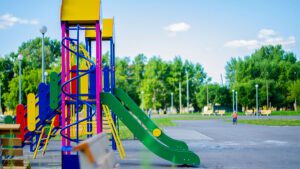Öffentliche Parks sind wichtige Grünflächen, die als Treffpunkte für Gemeinschaften dienen und Erholung, Entspannung und soziale Interaktion bieten. Es gibt zwar viele Parks auf der ganzen Welt, aber nicht alle von ihnen sind erfolgreich. Einige Parks entsprechen einfach nicht den Bedürfnissen ihrer Gemeinden. Um einen Park zu gestalten und zu erhalten, der eine Fünf-Sterne-Bewertung erhält oder auf dem ParkScore-Index ganz oben rangiert, sind Stadtplanung und eine Konzentration auf das Nutzererlebnis unerlässlich.
In diesem Artikel werden wir die Schlüsselelemente untersuchen, die zum Erfolg öffentlicher Parks beitragen. Ob durchdachte Platzierung, Grünflächen oder ansprechende Einrichtungen - diese Komponenten sorgen dafür, dass ein Park zu einem geschätzten Teil der Gemeinde wird.
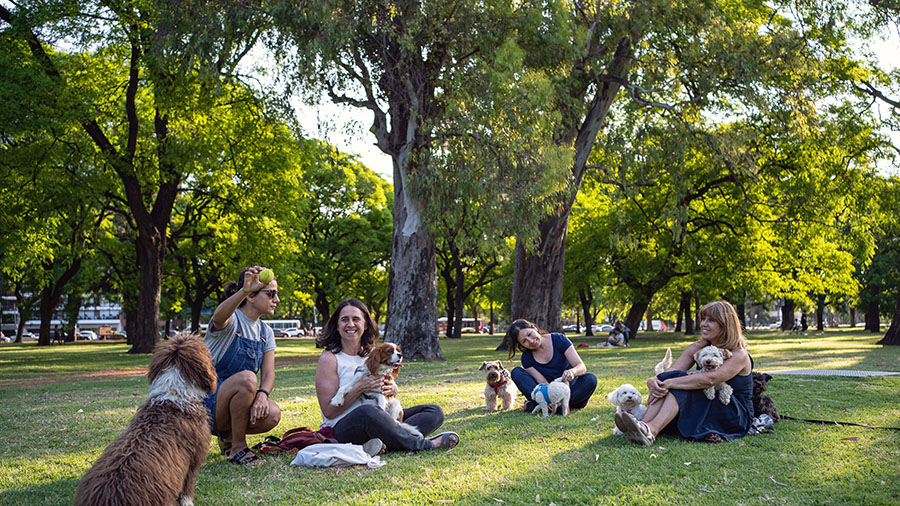
1. Die Bedeutung der Parkgestaltung
Die Anlage eines Parks ist mehr als nur eine einfache Landschaftsgestaltung. Es ist ein umfassender Prozess, der die Planung, Gestaltung und Verwaltung des Raums umfasst, damit er den Bedürfnissen aller Besucher gerecht wird. Ein gut gestalteter Park sollte sowohl schön als auch funktional sein und den Menschen einen Ort bieten, an dem sie sich entspannen, Sport treiben, Kontakte knüpfen oder mit der Natur in Verbindung treten können.
Schlüsselaspekte einer guten Parkgestaltung:
- Kollaboration: Die Parks werden mit Hilfe von Stadtplanern, Landschaftsarchitekten und Gemeindemitgliedern gestaltet. Ihr Feedback gewährleistet, dass die Parks einladend und funktional sind.
- Input der Gemeinschaft: Parks sollen den Bedürfnissen der Anwohner dienen. Es ist wichtig, die Vorlieben der Gemeinschaft zu verstehen, um sicherzustellen, dass der Park für sie relevant ist und von ihnen geschätzt wird.
- Inklusivität: Die Gewährleistung der Zugänglichkeit für Menschen aller Fähigkeiten ist ein Schlüsselelement der modernen Parkgestaltung.
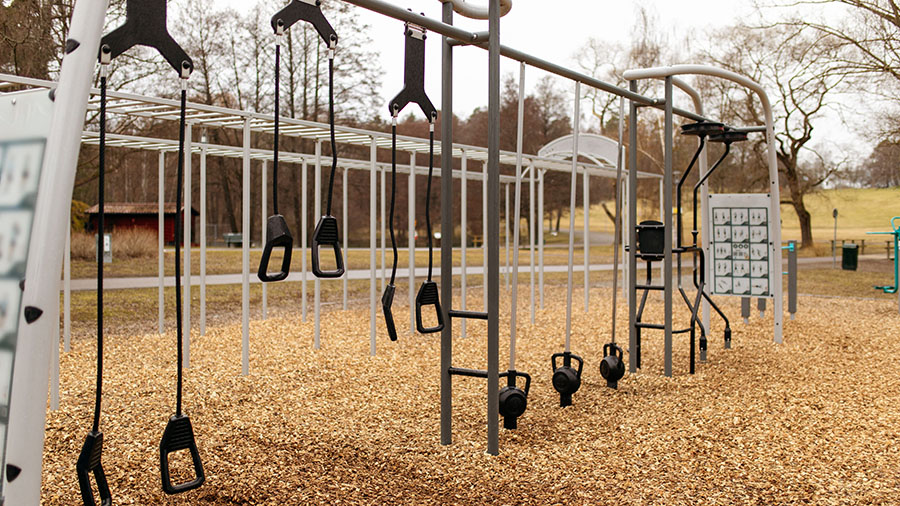
2. Die Rolle des Standorts
Der Erfolg eines Parks beginnt mit seinem Standort. Ein zentraler, leicht zugänglicher Standort sorgt dafür, dass Menschen aus allen Gesellschaftsschichten den Park besuchen können. Je näher er am Wohnort liegt, desto wahrscheinlicher ist es, dass die Menschen ihn häufig besuchen.
Kriterien für den idealen Standort des Parks:
- Zugänglichkeit: Der Park sollte für die meisten Einwohner der Gemeinde innerhalb von 10-30 Minuten zu Fuß erreichbar sein. Je einfacher er zu erreichen ist, desto mehr Besucher wird er anziehen.
- Bedürfnisse der Gemeinschaft: Der Standort sollte auch die spezifischen Bedürfnisse der Umgebung widerspiegeln. So kann ein Stadtpark mehr Erholungsmöglichkeiten bieten, während Parks in Wohngebieten eher auf Ruhe und Natur ausgerichtet sind.
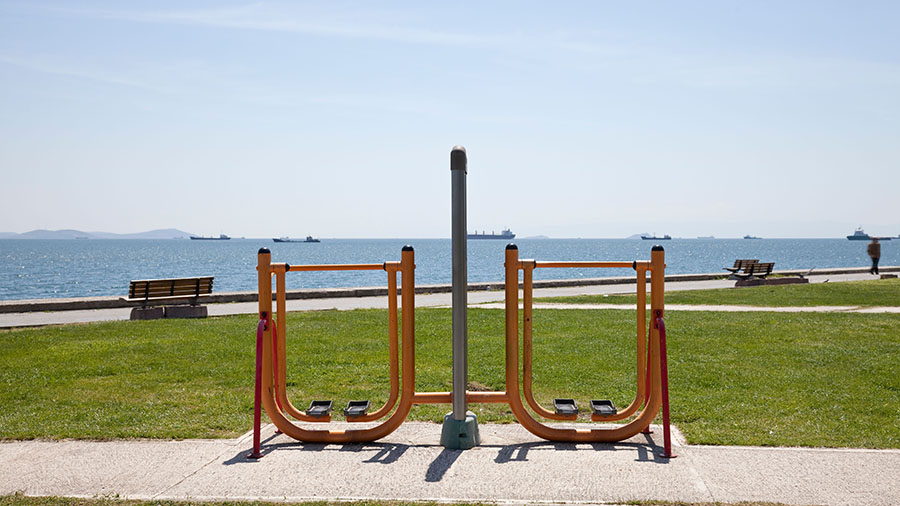
3. Die Natur in die Parkgestaltung einbeziehen
Die Natur ist ein wesentlicher Bestandteil jedes erfolgreichen Parks. Grünflächen bieten die dringend benötigte Abwechslung vom Betondschungel der Stadt. Ein Park sollte so angelegt sein, dass er die Menschen mit der Natur verbindet, sei es durch üppige Grünflächen, Wasserspiele oder Wildtiere.
Wesentliche Naturelemente für erfolgreiche Parks:
- Vielfalt der Pflanzenarten: Die Einbeziehung einer breiten Palette von Pflanzen trägt zur biologischen Vielfalt des Parks bei und macht ihn attraktiver.
- Wassereigenschaften: Teiche, Bäche oder Springbrunnen können friedliche Räume schaffen und Wildtiere anlocken.
- Wartung: Die regelmäßige Pflege der Pflanzen und Grünflächen sorgt dafür, dass der Park optisch ansprechend und für die Besucher angenehm bleibt.
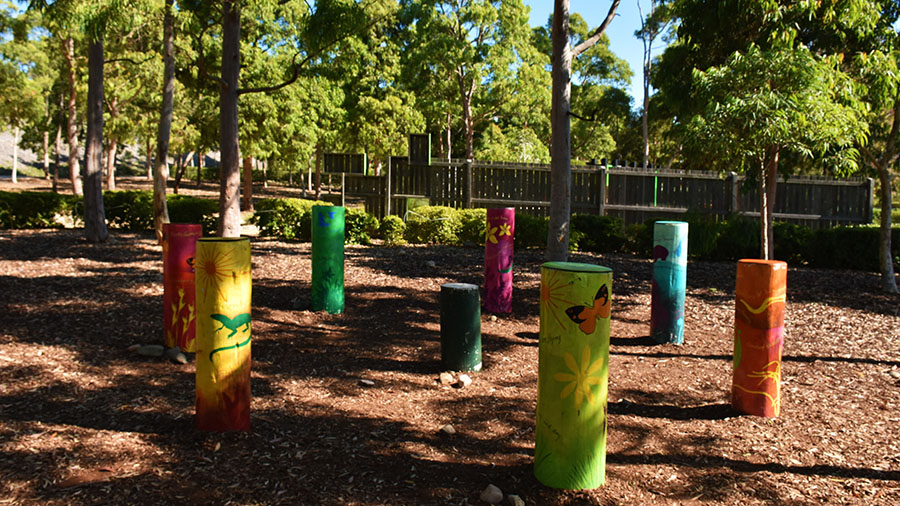
4. Sitzgelegenheiten und Versammlungsbereiche
Wie schön ein Park auch sein mag, die Menschen werden nicht lange bleiben, wenn es keine Sitzgelegenheiten zum Ausruhen gibt. Ausreichende Sitzgelegenheiten sind wichtig, um den Park einladend und bequem zu gestalten, damit sich die Menschen dort versammeln, lesen, unterhalten oder einfach ausruhen können.
Arten von Sitzgelegenheiten, die einzubeziehen sind:
- Parkbänke: Ideal für diejenigen, die lieber sitzen und die Aussicht genießen.
- Picknick-Tische: Sie sind ideal für Familientreffen oder Gruppenaktivitäten.
- Schattige Bereiche: Sorgen Sie für schattige Sitzgelegenheiten, insbesondere in sonnigen Gegenden.
5. Spielgeräte für alle Altersgruppen
Ein erfolgreicher öffentlicher Park ist ein Park, der Freizeitmöglichkeiten für alle Altersgruppen bietet. Das reicht von Spielplätzen für Kinder bis hin zu Sportanlagen für Jugendliche und Erwachsene.
Beliebte Spielgeräte und Funktionen:
- Spielplätze: Rutschen, Schaukeln und Klettergerüste sind klassische Parkeinrichtungen, die sich an Kinder richten.
- Sportanlagen: Basketball-, Fußball- und Tennisplätze sind für ältere Kinder und Erwachsene attraktiv.
- Inklusives Spiel: Sensorische Spielplätze und anpassungsfähige Geräte sind auf Kinder mit Behinderungen zugeschnitten, damit alle Familien den Park genießen können.
- Hundeparks: Diese Bereiche sind für Haustierbesitzer sehr wichtig, da sie den Hunden Platz für Bewegung und soziale Kontakte bieten.
6. Gewährleistung der Sicherheit im Park
Ein Park sollte ein sicherer Ort für alle sein. Die Sicherheit ist ein entscheidender Faktor dafür, wie wohl sich die Menschen in einem Park fühlen. Sichtbare Sicherheit ist zwar wichtig, sollte aber nie aufdringlich oder überwältigend wirken.
Wichtige Sicherheitselemente für Parks:
- Sicherheitspatrouillen: Regelmäßige Patrouillen durch das Personal oder die örtlichen Behörden können die Sicherheit gewährleisten.
- Notfalldienste: Eine klare Beschilderung für Notdienste oder sogar Sicherheitsstationen vor Ort kann die Besucher beruhigen.
- Beleuchtung: Eine angemessene Beleuchtung kann dazu beitragen, die Kriminalität zu verringern und die Parks nach Einbruch der Dunkelheit einladender zu gestalten.
7. Wanderwege und Pfade
Wanderwege und Pfade bereichern das Parkerlebnis, indem sie den Besuchern die Möglichkeit geben, die natürliche Schönheit des Gebiets zu erkunden. Ob es sich nun um einen einfachen Rundweg oder ein umfangreicheres Wegesystem handelt, diese Wege helfen, den Fußverkehr zu lenken und bieten Möglichkeiten zur Bewegung.
Arten von Pfaden:
- Perimeter Trails: Für gelegentliche Spaziergänge oder Joggingrunden sind diese Wege leicht zu pflegen und bieten eine schnelle Route durch den Park.
- Naturlehrpfade: Wege, die sich durch bewaldete Gebiete, in der Nähe von Teichen oder entlang von Flüssen schlängeln, können das Naturerlebnis des Parks verbessern.
- Zugänglichkeit: Stellen Sie sicher, dass die Wege breit, eben und für alle zugänglich sind, auch für Rollstuhlfahrer und Kinderwagen.
8. Sauberkeit und Wartung
Ein sauberer Park ist wichtig, um Besucher anzulocken. Niemand möchte seine Zeit in einem Park verbringen, der voller Müll, Graffiti oder vernachlässigter Einrichtungen ist. Regelmäßige Pflege ist der Schlüssel, um das Erscheinungsbild des Parks zu bewahren und ihn zu einem angenehmen Ort für Besucher zu machen.
Pflegetipps für Parks:
- Sauberkeit der Toiletten: Gut ausgestattete und hygienisch einwandfreie Parktoiletten sind einer der wichtigsten Aspekte der Parkpflege.
- Müllabfuhr: Die häufige Müllabfuhr und die Bereitstellung von Mülleimern im Park tragen dazu bei, das Gebiet sauber zu halten.
- Landschaftsbau: Regelmäßiges Mähen, Beschneiden und die Pflege der Pflanzen sind für die Erhaltung der Ästhetik des Parks unerlässlich.
9. Förderung der Zugänglichkeit und der Eingliederung
Ein erfolgreicher Park ist ein Park, der alle Mitglieder der Gemeinschaft willkommen heißt, unabhängig von Alter, Fähigkeiten oder Hintergrund. Die Schaffung inklusiver Räume bedeutet, Bereiche zu gestalten, die jeder genießen und sich wohlfühlen kann.
Zu integrierende Merkmale:
- Zugang für Rollstühle: Stellen Sie sicher, dass Wege, Spielplätze und Einrichtungen für Menschen mit Behinderungen zugänglich sind.
- Anpassungsfähige Ausrüstung: Überlegen Sie, ob Sie spezielle Spielgeräte oder Erholungsbereiche für Kinder mit Behinderungen anbieten.
- Kulturelle Repräsentation: Kunst, Veranstaltungen und Beschilderung sollten die Vielfalt der Gemeinde widerspiegeln.
10. Nachhaltige Praktiken zum Schutz der Umwelt
Nachhaltigkeit ist bei der Gestaltung und Verwaltung von Parks von entscheidender Bedeutung. Nachhaltige Praktiken verringern den ökologischen Fußabdruck des Parks und sorgen dafür, dass er auch für künftige Generationen ein gesunder, lebendiger Ort bleibt.
Nachhaltige Praktiken zur Umsetzung:
- Regenwassernutzung: Das Auffangen von Regenwasser für die Bewässerung reduziert den Wasserverbrauch.
- Energieeffiziente Beleuchtung: Die Verwendung von solarbetriebenen Leuchten oder LED-Leuchten kann den Energieverbrauch minimieren.
- Einheimische Pflanzen: Die Bepflanzung mit einheimischen Arten fördert die lokale Tierwelt und verringert den Bedarf an chemischen Düngemitteln und Pestiziden.

11. Technologie und Innovation einbeziehen
Mit dem Aufschwung der Technologie können Parks von digitalen Tools profitieren, die das Engagement der Besucher und die allgemeine Verwaltung verbessern. Von mobilen Apps bis hin zu Echtzeit-Updates für Parkeinrichtungen - Technologie verbessert das Parkerlebnis.
Zu beachtende technische Merkmale:
- Mobile Apps: Bieten Sie Apps an, die Echtzeit-Updates zu Parkveranstaltungen, Einrichtungen und Annehmlichkeiten liefern.
- Interaktive Karten: Digitale Karten und Führer helfen den Besuchern, sich im Park zurechtzufinden und neue Gebiete zu entdecken.
- Intelligente Bänke: Einige Parks verfügen inzwischen über Ladestationen und Wi-Fi auf den Bänken, um das Erlebnis zu verbessern.

12. Haushalt und Finanzverwaltung
Eine effektive Haushaltsführung sorgt dafür, dass der Park gut unterhalten wird und eine Vielzahl von Programmen und Dienstleistungen anbieten kann. Dazu gehört auch eine regelmäßige Bewertung der Finanzierung und der Ressourcenzuweisung, um sicherzustellen, dass der Park finanziell tragfähig ist.
Wichtige Haushaltsüberlegungen:
- Zuschüsse und Patenschaften: Beantragen Sie Zuschüsse und Sponsorengelder zur Finanzierung von Parkprojekten.
- Transparenz: Der Gemeinschaft Zugang zu Haushalts- und Finanzberichten gewähren, um das Vertrauen zu stärken.
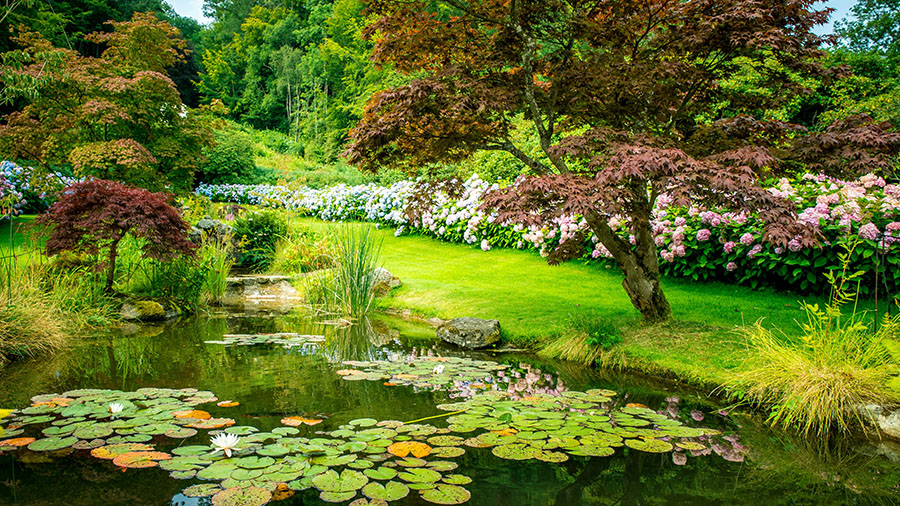
13. Kulturelle Veranstaltungen und Unterhaltung
Schließlich können kulturelle Veranstaltungen und Unterhaltungsangebote dazu beitragen, eine lebendige Atmosphäre im Park zu schaffen. Veranstaltungen wie Live-Musik, Festivals oder Kunstausstellungen können eine Vielzahl von Besuchern anziehen und das Gemeinschaftsgefühl fördern.
Kulturelle Ereignisse, die Sie berücksichtigen sollten:
- Freiluft-Konzerte: Aufnahme lokaler Musiker und Künstler.
- Gemeinschaftliche Feste: Veranstalten Sie saisonale Events, um lokale Traditionen und Kulturen zu feiern.
- Öffentliche Kunst: Stellen Sie öffentliche Kunstwerke aus, die die Vielfalt der lokalen Gemeinschaft widerspiegeln.

Parks gestalten, die die Menschen lieben
Durch die Einbeziehung dieser wesentlichen Elemente in die Parkgestaltung können Planer öffentliche Parks schaffen, die nicht nur funktional sind, sondern auch von der Gemeinschaft geliebt werden. Ganz gleich, ob Sie einen neuen Park entwerfen oder einen bestehenden verbessern - wenn Sie sich auf Zugänglichkeit, Natur, Erholung, Sicherheit und Nachhaltigkeit konzentrieren, können Sie sicherstellen, dass Ihr Park zu einem Ort wird, an dem sich die Menschen über Jahre hinweg erfreuen.

